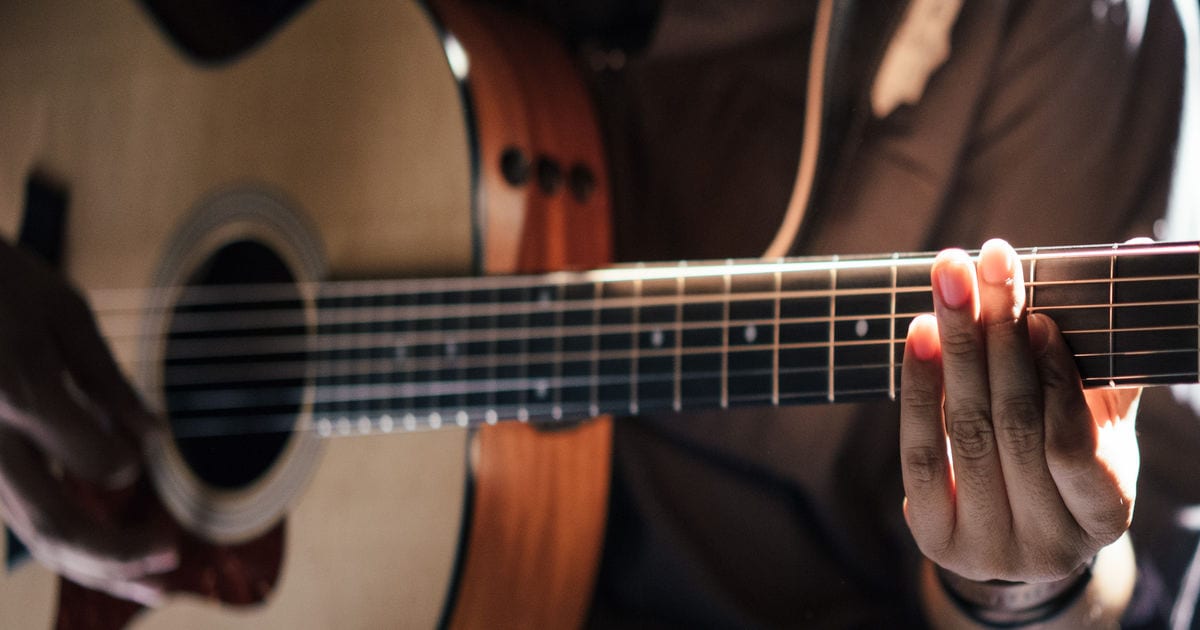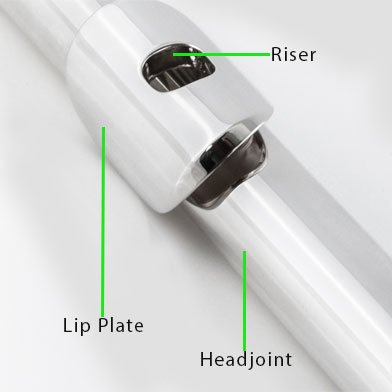1. What is a saxophone?
A saxophone is a musical instrument. It is a woodwind instrument despite being made from brass. It is played by blowing through a mouthpiece with a reed attached.
2. How many different types of saxophone are there?
There are four main different types of saxophone. From smallest to biggest they are; soprano, alto (the most common), tenor and baritone. There are a few other types of saxophone, plastic, alpha, C melody but they are not widely used.
3. Why is a saxophone made of brass but in the woodwind family of instruments?
Back in the day saxophones were made from wood. They arguably sound as if they could still be made from wood. As with instruments like the flute that are in the woodwind family, they were all made from wood but over time have been developed with different materials which is all down to our modern world and progress.
4. How old do I have to be to learn the saxophone?
Little children can learn the saxophone, but they need to be able to hold the instrument and be able to press down the keys to make the different notes. There are plastic Nuvo instruments that probably even 5-year olds could try. Then the alpha sax was developed by Trevor James which is basically a mini alto sax. It is probably manageable from the age of around 7. The alto saxophone is the most common, but it is a fair size and weight. An average 10-year-old could probably handle an alto sax. The other saxophones are generally not learned on but are learned by a more accomplished sax player who needs a higher or lower pitched instrument.
5. When were saxophones first made?
Adolphe Sax created the first saxophone in Belgium in 1840. He wanted to create a powerful woodwind instrument that sat between the woodwind section and brass section of an orchestra.
6. How much are saxophones to buy?
Saxophones don’t come cheap. As with all instruments, the better the quality, the better the sound and ease of playing. The plastic Nuvo saxophones are around £100 but these are just above being toys – they will get a young child going and they will learn the basics, but this will be a short-term instrument. Basic student saxophones start at around £250 but it is worth spending a little more to get a better-quality instrument, even for a beginner. Hiring a saxophone is a good option to save the problem of the outlay of buying a decent instrument and not knowing if learning will continue.
7. What is the most common saxophone to learn on?
The alto saxophone is the most common saxophone taught to beginners. It is not usual for the soprano, tenor or baritone to be used as a teaching instrument.
Younger children can start on the Nuvo saxophone or alpha sax – they offer the same learning experience as the alto but with a more manageable size of instrument
8. What key is a saxophone in?
[ultimatetables 11 /]
9. Who is a famous saxophone player?
There have been so many amazing saxophonists over the years it would be difficult and wrong to just list one. Some of the most well-known names in the world of sax are; John Coltrane, Charlie Parker and Sonny Rollins. There are so many different types of playing it is always worth doing research on different styles of sax playing to find the ultimate players.
Non-musicians who are famous for playing the saxophone include Bill Clinton!
10. How do you clean a saxophone?
A saxophone should be cleaned properly after each use. This helps keen the instrument in good condition and preserves the pads under the keys. Once the pads start to not fit the keys properly it becomes much harder to get a good sound and the saxophone will need a service.
To clean the saxophone, it should be taken apart and a cleaner/swab be pulled through the main body to remove excess moisture. The reed should be taken off the mouthpiece and wiped carefully clean.
The saxophone should be stored in it’s case after playing to save it from being knocked or dented. Alternatively, a proper saxophone stand can be used which saves the saxophone from being laid down and possible damage happening.
11. Is it difficult to look after a saxophone?
A saxophone will require the same care as any other instrument. It has many keys, and parts that all need looking after. The keys need to seal the holes in the instrument correctly every time it is played so it is important not to drop, bang or crash the saxophone into anything. It should be cleaned properly after each use, and treated in a careful manner at all times.
The saxophone should be stored in it’s case, or on a proper saxophone stand between use.
12. Who is Kenny G who plays the saxophone?
Kenny G is an American saxophonist. He was born Kenneth Bruce Gorelick in 1956 and is the biggest-selling instrumental musician with sales of over 75 million records. He has created his own range of saxophones called the Kenny G Saxophones.
A lot of his success is down to producing main-stream popular saxophone recordings. A successful musician is often knocked for not being as technical as other players but at the end of the day he produces music that is easy on the ear and he is a personality in the music world which always goes down well!
13. What is a C Melody Saxophone?
A C Melody Saxophone is not a common instrument these days. It was created for orchestral use by Adolphe Sax and was popular in the early 1900s. It is larger than an alto but smaller than a tenor sax. It looks more like a stretched alto sax. Saxophones are now produced in the key of Bb and Eb.
14. What brands of saxophone are best?
Once you leave the world of student saxophones you will be looking at brands such as Selmer, Yamaha, Yanagisawa and Keilwerth. Depending on the specifications you are looking at will depend on the price but be prepared for a professional saxophone to cost from £1500 minimum for an alto sax. There are hundreds of different models and variations. It is well worth doing some good research and speaking to specialists to get to the one saxophone that fits all your requirements.
15. What is the note range on a saxophone?
The range on all saxophones is approximately two and a half octaves. However, professional saxophone players will be able to play the high altissimo range of notes, otherwise known as harmonics. As with all instruments, there is a basic range of notes and then instruments can be manipulated to play some amazing hidden extras which set the professional player apart from the amateur.
16. Can I join an orchestra if I play the saxophone?
Yes, there is no reason why not, most orchestral pieces will have parts for the saxophone. Many woodwind players in an orchestra will double up instruments and if the programme isn’t heavily written for saxophone then the clarinettist will often double up with saxophone. As with all orchestral instruments, sometimes the saxophone won’t have a part, and this is where the player will have another instrument to play. This is very common amongst woodwind, brass and percussion in an orchestra. If there isn’t a part written it is common for the orchestra to write a part for an instrument – any instrument can have a part written for it!
17. What is a concert C on alto saxophone?
Concert C on an alto saxophone is an A. It is easier to think of it as moving down a minor 3rd. Eb – C, C-A (4 semitones)
18. How do I transpose music in the key of C so that it can be played on the alto saxophone?
It is important to look at the range that the player is capable of before transposing. Always consider the range of the saxophone and the player involved. You are transposing from an C instrument to an Eb so either move everything down a minor 3rd from the heard note. (if a sax plays an Eb it sounds C) It may help to think in semitones, so you need to move everything down by 4 semitones)
19. Where is good to buy a saxophone?
It is always a good idea to go to either a specialist woodwind shop, or even better a specialist saxophone shops. Unless you know exactly what model and make you want it wouldn’t be recommended to buy a saxophone on the internet.
20. What are saxophones made from?
Saxophones are made from brass and use a single reed. When they were first invented they were made from wood, and like flutes they are still part of the woodwind section in an orchestra.






